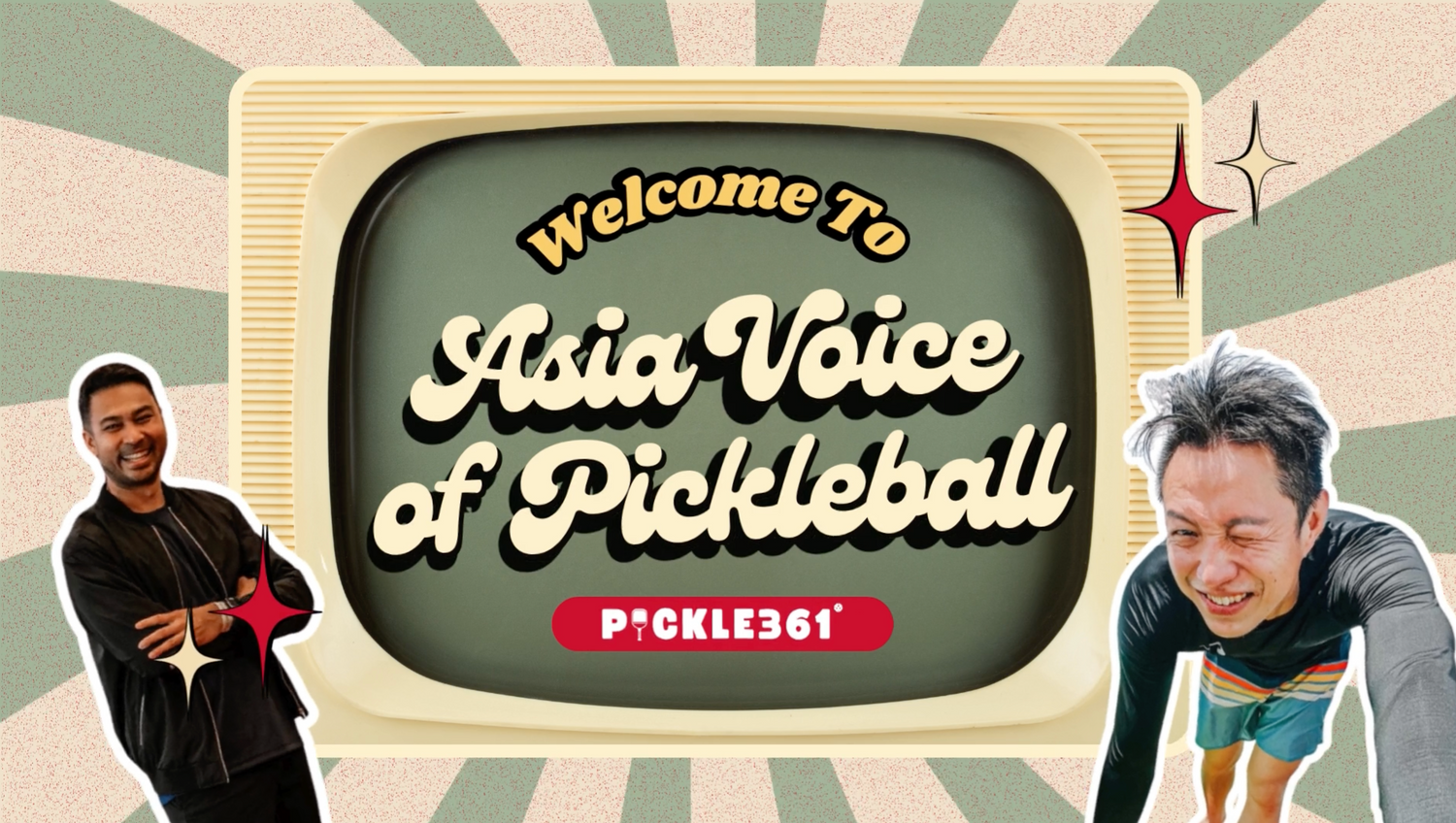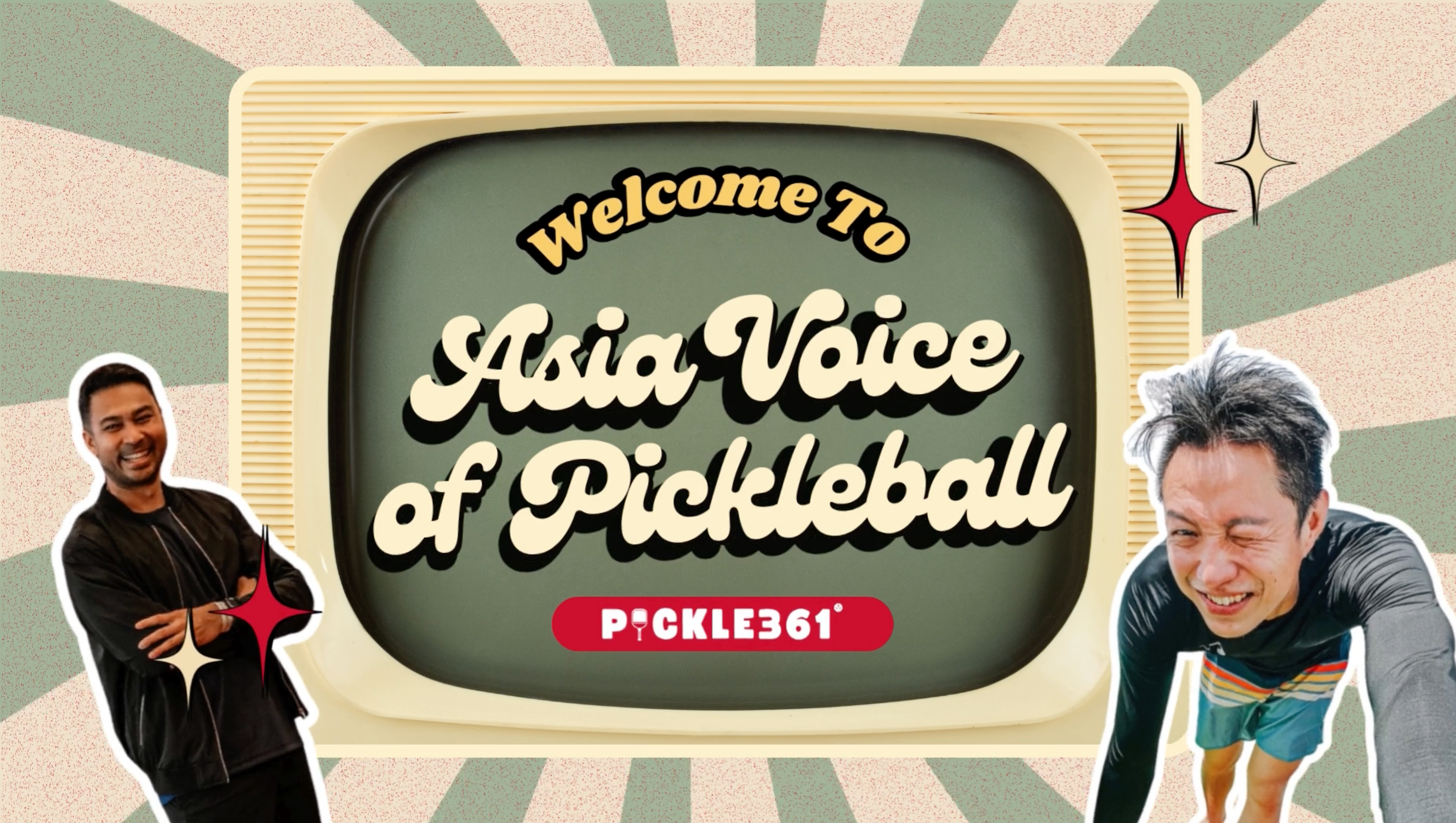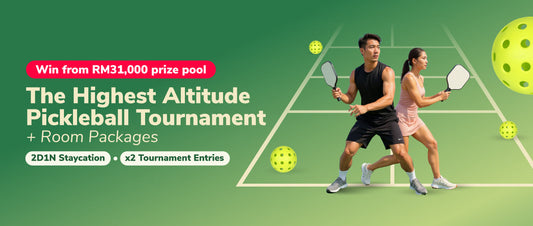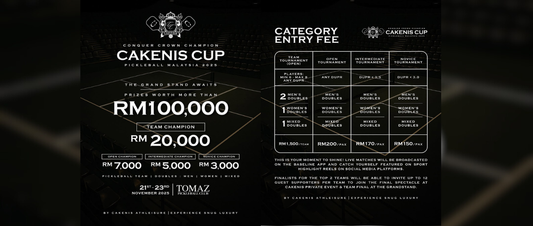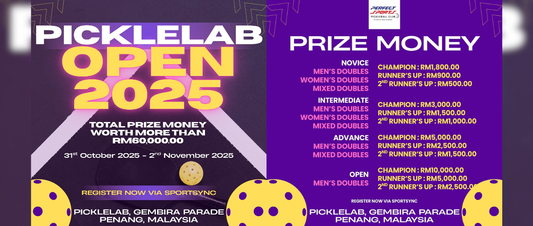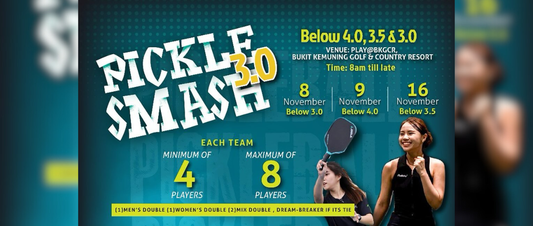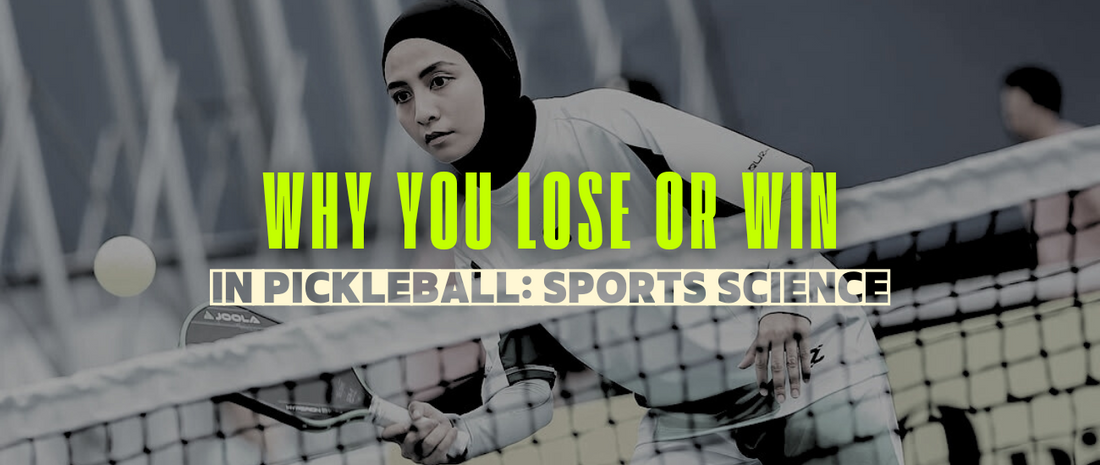
Why You Win or Lose in Pickleball: According to the Science
Andrew LeePickleball might be a game of fun and finesse, but for those who crave competitive edge, it’s also a game of data.
Thanks to a growing number of analysts, coaches, and players diving into the numbers, we now know what strategies work, when to be aggressive, and how to structure points to your advantage.
In this article, we break down some of the most relevant research and what it means for players at all levels.

Image via Cik Manggis
1. Speeding Up Isn’t Always the Answer
The infamous “fire fight” or speed-up moment is thrilling, but it’s also high-risk. According to insights shared by top-level players, the best time to speed up is when you already have a 55% or better chance of winning the rally.
Key takeaway: Speed-ups should be strategic, not instinctive. Patience can often be the better play.
2. The Power of the Deep Return
One of the clearest stats across skill levels is this: deep returns win more points.
- Deep returns (back third of the court): Win rate ~70%
- Short returns (front third): Win rate ~50%
This is especially important in the serve/return dynamic, where positioning and time dictate control of the point.
Key takeaway: Master the deep return - it’s low effort, high reward.
3. Rally Length and Who’s Really Winning
Research shows that the length of the rally often determines who wins the point:
|
Rally Length |
Server Win % |
Receiver Win % |
|
1–4 shots |
~60% |
~40% |
|
5–8 shots |
~39% |
~61% |
|
9+ shots |
Varies by study, usually close to even |
These stats suggest that quick points favor the server, while longer rallies shift the edge to the returner - an important insight for shaping match strategy.
Key takeaway: If you’re receiving, aim to extend the point. If serving, take the initiative early.
4. Third Shot: Drop vs Drive? It Depends
While debates around the “third shot drop” vs “third shot drive” continue, recent research suggests that there’s no statistically significant difference in win rates - especially among advanced players.
Key takeaway: What matters more is execution, consistency, placement, and what you do with the next ball.
 In image: Coach Gee Ci Long
In image: Coach Gee Ci Long
5. Most Points Are Lost, Not Won
Across amateur and pro games, around 60–64% of points end due to unforced errors. That means over half the time, your opponent doesn’t beat you - you beat yourself.
Key takeaway: Reduce errors first. Mastery comes from consistency, not flash.
6. A Good Serve Doesn’t Guarantee a Win, But It Sets the Stage
Serving is the only time you start the point with full control, but does a strong serve directly translate into a higher chance of winning the point?
According to data from professional matches:
- Aggressive or deep serves only slightly improve point-win probability (by ~5–8%) compared to neutral or short serves.
- However, good placement (especially to the backhand) increases your odds of forcing a weaker return.
- The biggest advantage of a strong serve isn’t the ace - it’s setting up a favorable third shot.
Key takeaway: A great serve doesn’t win you the point - it earns you a better next shot.
Final Thoughts
Pickleball might look simple, but behind every dinking rally and explosive speed-up lies a layer of probability, percentage play, and real-world data.
For players and coaches who want to elevate their game, embracing the numbers could be your next big advantage.
If you’re serious about improvement, start tracking your own matches: rally length, errors, shot types, and win/loss trends. The stats don’t lie - and the best players use them.

